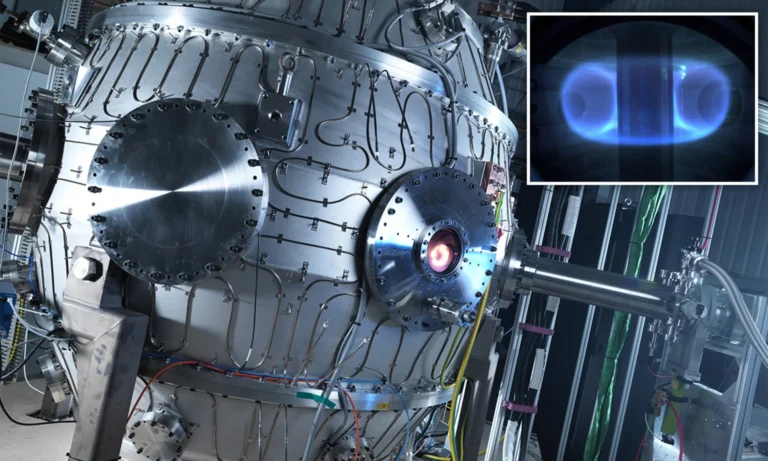Future Renewable Energy Trends:In recent years, the renewable energy sector has experienced significant growth and innovation, driven by technological advancements, government policies, and increasing awareness of the need for sustainable energy solutions. In this article, we explore the latest trends and innovations shaping the future of renewable energy and its impact on the global energy landscape.
Table of Contents
Understanding Renewable Energy:Future Renewable Energy Trends
What is Renewable Energy?
Renewable energy refers to energy derived from naturally replenishing sources, such as sunlight, wind, water, and biomass. Unlike fossil fuels, which are finite and contribute to environmental pollution and climate change, renewable energy sources offer a sustainable and environmentally friendly alternative for meeting our energy needs.
Types of Renewable Energy Sources
There are several types of renewable energy sources, including:
- Solar power
- Wind power
- Hydropower
- Biomass
- Geothermal energy
Each of these sources has unique advantages and challenges, and their adoption varies depending on factors such as geographical location, resource availability, and technological maturity.
Trends in Renewable Energy
Growth of Solar Energy
Solar energy has emerged as one of the fastest-growing renewable energy sources, driven by declining costs, technological advancements, and supportive government policies. The widespread adoption of solar photovoltaic (PV) panels for both residential and commercial applications has contributed to the rapid expansion of solar energy capacity worldwide.
Advancements in Energy Storage
Energy storage technologies play a crucial role in the integration of renewable energy into the grid by addressing intermittency issues and enabling greater flexibility and reliability. Innovations in battery storage, such as lithium-ion batteries and flow batteries, have made significant strides in improving energy storage capacity and efficiency.
Expansion of Offshore Wind Farms
Offshore wind farms offer vast potential for harnessing wind energy in coastal regions, where wind speeds tend to be higher and more consistent than onshore locations. Advances in offshore wind turbine technology, such as larger rotor diameters and floating platforms, have enabled the development of larger and more efficient wind farms in deeper waters.
Innovations in Renewable Energy
Next-Generation Solar Technologies
Researchers are exploring new materials and designs to enhance the efficiency and affordability of solar PV technology. Innovations such as perovskite solar cells, tandem solar cells, and solar paint hold promise for further reducing the cost of solar energy and increasing its accessibility to a wider range of consumers.
Smart Grid Technologies
Smart grid technologies leverage digital communication and automation to optimize the management and distribution of electricity from renewable sources. By integrating renewable energy resources, energy storage systems, and demand-side management strategies, smart grids can improve grid stability, reliability, and efficiency.
Hydrogen as a Renewable Fuel
Hydrogen has gained attention as a clean and versatile energy carrier with the potential to decarbonize various sectors, including transportation, industry, and power generation. Renewable hydrogen production methods, such as electrolysis powered by renewable energy sources, offer a carbon-neutral alternative to conventional hydrogen production methods.
Conclusion:Future Renewable Energy Trends
In conclusion, the future of renewable energy is bright, with ongoing advancements and innovations driving the transition to a more sustainable and resilient energy system. By embracing renewable energy technologies and fostering collaboration between stakeholders, we can accelerate the shift towards a cleaner, greener, and more equitable energy future.
FAQs:Future Renewable Energy Trends
1. What are the main benefits of renewable energy?
Renewable energy offers several benefits, including reduced greenhouse gas emissions, energy security, job creation, and improved public health outcomes.
2. How can individuals contribute to the adoption of renewable energy?
Individuals can support the adoption of renewable energy by investing in rooftop solar panels, purchasing green energy from utilities, advocating for renewable energy policies, and adopting energy-efficient practices at home and work.
3. What role do government policies play in promoting renewable energy?
Government policies, such as renewable energy mandates, tax incentives, and carbon pricing mechanisms, play a critical role in driving investment and innovation in the renewable energy sector by providing market certainty and financial incentives for renewable energy deployment.
4. What are the challenges facing renewable energy adoption?
Challenges facing renewable energy adoption include intermittency, grid integration, energy storage, upfront costs, and regulatory barriers. Addressing these challenges requires technological innovation, policy support, and investment in infrastructure.
5. What are some emerging trends in renewable energy research?
Emerging trends in renewable energy research include the development of advanced materials for solar cells, the exploration of new renewable energy sources such as tidal and wave energy, and the integration of artificial intelligence and machine learning into energy systems for optimization and efficiency improvements.







